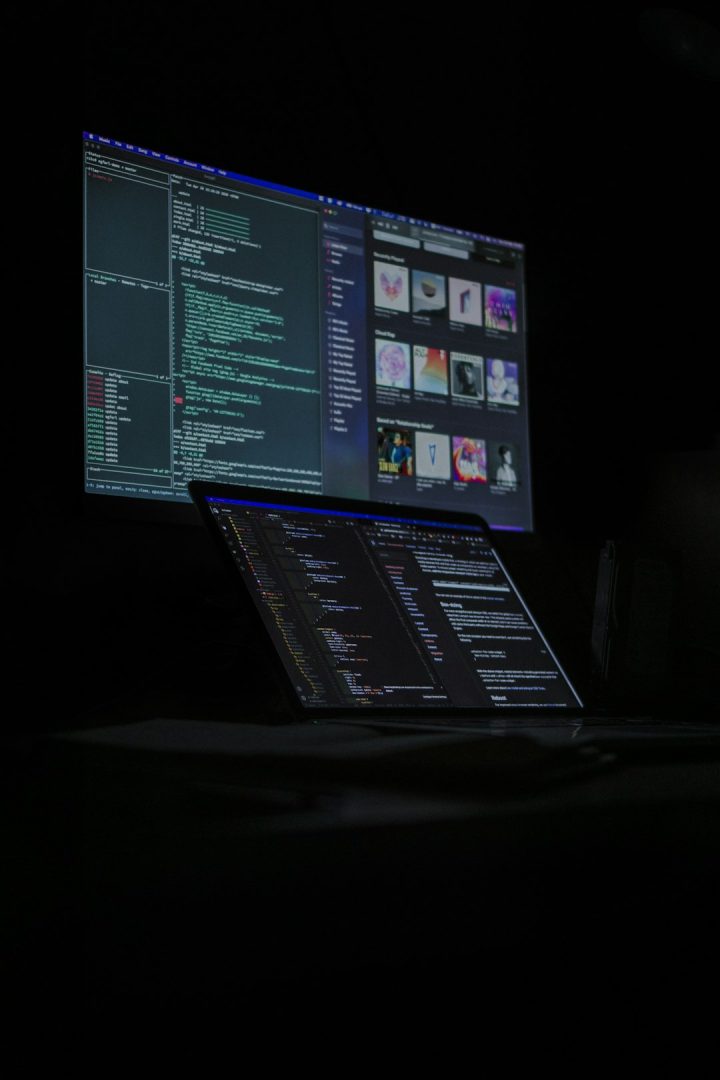In the labyrinth of Windows processes quietly running in the background of your computer, you’ve likely come across a mysterious one named mighost.exe. It might raise a red flag, especially if you’re concerned about malware or unusual system behavior. Before hastily deleting or blocking it, it’s crucial to understand what this file does, whether it’s essential to your system, and—most importantly—if it’s safe.
TL;DR (Too Long; Didn’t Read)
mighost.exe is a legitimate Windows system file associated with user migration and Windows Easy Transfer. It is generally safe and not malware if located in the appropriate system folder. However, malware can disguise itself under this name, so it’s important to verify the file’s location and digital signature. Use antivirus tools to scan it if you notice any suspicious behavior.
What Is mighost.exe?
The mighost.exe file is a part of the Windows operating system, specifically associated with Windows Easy Transfer or User State Migration Tool (USMT), available in some Windows versions. Its job? To help transfer user profiles and settings from one computer to another during an upgrade or system replacement.
Here’s why it might appear on your radar:
- You’re upgrading your system or transferring user data across devices.
- You recently ran a system cleanup or migration tool.
- You noticed it running as a background process in Task Manager.
In technical terms, mighost.exe stands for “Migration Host Process”. It allows user data (like documents, photos, settings) to be packaged and transferred from one Windows version to another—commonly seen in corporate or enterprise environments.
Is mighost.exe Safe or Malware?
In its original form, mighost.exe is completely safe. However, there’s a catch—since it’s a well-known system file, that makes it a tempting target for malware authors who may disguise harmful files using the same name.
So how do you determine whether *your* mighost.exe is safe or malicious? Here are a few checks you can perform:
1. Check Its File Location
The legitimate version of this file is located in the following directory:
C:\Windows\System32\
If you spot mighost.exe in any other location (such as C:\Users or Temp folders), it’s a red flag. This could indicate a copycat version attempting to mask itself as a trusted file.
2. Verify the Digital Signature
Right-click on the file, go to Properties > Digital Signatures, and check the signer. It should be:
Microsoft Windows
If the signer is unknown or the tab is missing entirely, the file may not be authentic.
3. Use the Task Manager
Press Ctrl + Shift + Esc to open Task Manager. Locate mighost.exe in the list:
- Right-click and choose Open File Location.
- View the details under the Details tab for Publisher and Description.
If anything seems suspicious or inconsistent, deeper inspection is required.
4. Scan with Antivirus Software
If you suspect foul play, always run a scan with a reliable antivirus or anti-malware tool. Tools like Microsoft Defender, Malwarebytes, or HitmanPro can evaluate the behavior of the file and quarantine it if deemed harmful.
Common Symptoms of Malware Masquerading as mighost.exe
If a malicious version of mighost.exe is invading your system, you may experience the following:
- Unusual CPU or memory usage spikes in Task Manager
- Random pop-ups or ads without a running browser
- Sluggish system performance or crashes
- New applications installing without permission
- Firewall or antivirus alerts naming mighost.exe as suspicious
If you notice any of these symptoms, act quickly. Backup sensitive data and initiate a deep system scan using multiple security tools.
How to Remove or Disable mighost.exe
If you’re certain that the file is malware, or you’re troubleshooting and want to disable it temporarily, follow these steps:
Step-by-Step Removal
- Reboot your PC in Safe Mode with Networking.
- Use a trusted antivirus program to scan and quarantine or delete the file.
- Check startup programs by running
msconfigor through Task Manager to ensure no malicious script reloads it. - Manually delete the file only if it’s not located in the System32 folder and has no valid signature.
Warning: Do not delete a legitimate system file, as it might interfere with Windows user migration or setup tasks. Always confirm the nature of the file before taking actions.
Can I Disable mighost.exe if It’s Legitimate?
If you found that mighost.exe is legitimate but still want to disable it—for example, to save system resources—it’s worth noting that the process typically does not run constantly. It only activates during specific tasks like user profile migration or Windows setup processes.
For most users, there’s no need to disable it manually, and doing so could affect system recovery or upgrade functionality.
What to Do If You Accidentally Deleted It?
If you’ve deleted a legitimate copy of mighost.exe, it’s possible your system might face issues when performing upgrades or backups. Here’s how to restore it:
- Run
sfc /scannowusing Command Prompt as Administrator. This will repair and restore core system files. - Alternatively, use Windows Update to repair damaged system components.
- If issues persist, reinstalling Windows Easy Transfer or running a Windows repair using installation media might be necessary.
Important Tips for Handling System Files
- Regularly update your antivirus software to catch evolving threats.
- Create system restore points before making changes to system files.
- Learn basic file property verification methods for safer computing.
- Always verify file origins before deletion.
Conclusion
The mighost.exe process is usually nothing to worry about. It plays a legitimate role in data migration and profile transfers in the Windows ecosystem. However, like many system files, it can be exploited by malicious software trying to hide in plain sight. By understanding what mighost.exe is, how to verify its authenticity, and what steps to take if something seems off, you can maintain a healthier, safer computing environment.
When in doubt, always proceed cautiously, scan thoroughly, and consult with professional tech support or community forums. Recognizing system processes is the first step to becoming a more informed and empowered computer user.
